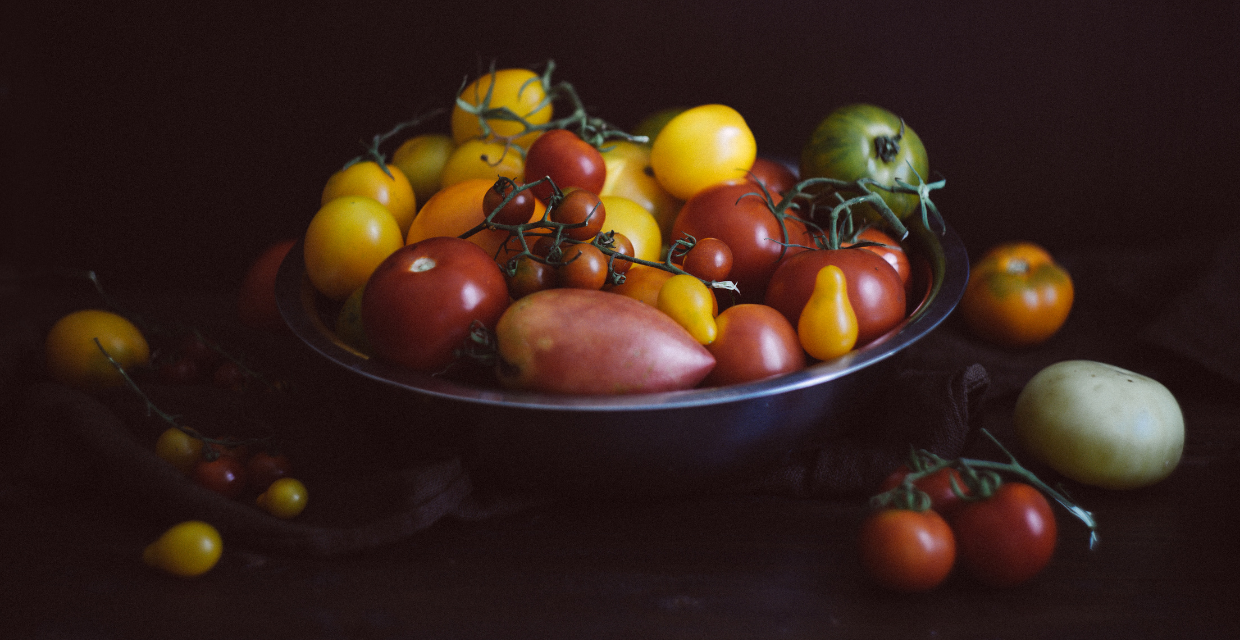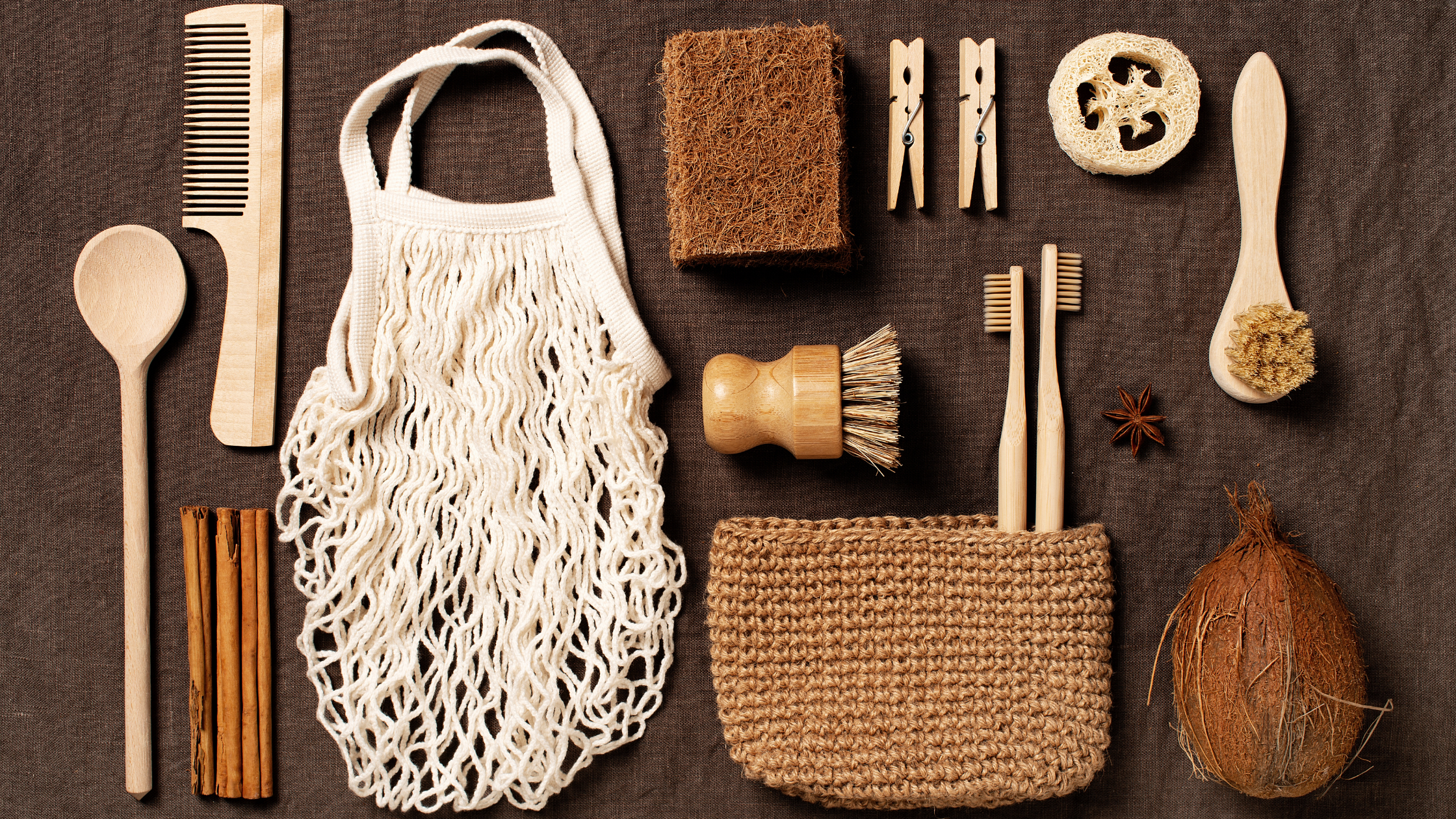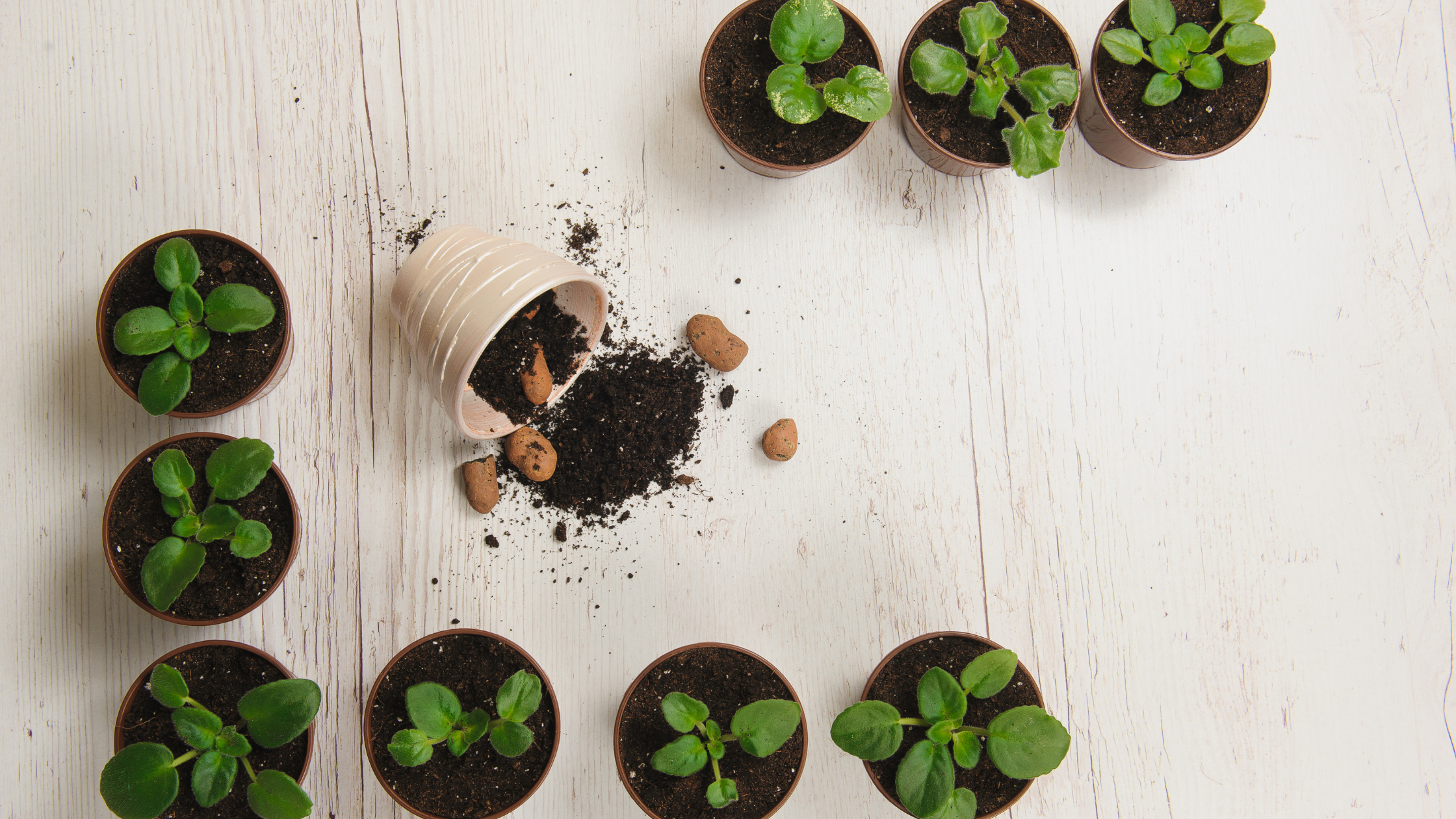Sustainability is not something you’re born with. It’s a skill no one can master, only live by. This is why one of the best ways to raise your kids is by teaching them how to be sustainable in different aspects of their lives.
What does it even mean to be sustainable? Sustainability is when you can live with what you have without damaging the environment. It’s the co-existence of man and Earth in harmony – without one being harmful to the other. And it can be taught to kids at a young age.
In participation with The Sustainability Project, they are hosting a Microgreens Workshop for everyone who would like to learn how to grow and look after their very own urban farm. On the 20th of March, 2021, make sure to seal your slot on any of their two sessions! Follow them on Instagram and Facebook for more of their sustainable workshops.
With the government placing a stronger emphasis on sustainability, here are some ways you can do your part by teaching your kids the following!
1. Multipurpose Reusing And Recycling
Teach kids how to reuse and recycle materials to reduce pollution in all sorts of ways. When you re-use and recycle, you learn to re-create materials from their original purpose into something you can use again. The purpose of re-using and recycling is reducing the factors that can harm the environment we live in.
Most of the things you can reuse are plasticware, cartons of all sorts, containers used in the production of different products. Compost materials can be recycled by creating fertiliser for the plants and crops, too. Creating products such as notebooks, bags, reusable kitchenware and sustainable organisers and pots for your plants from recyclable materials is also possible.
2. Learn Gardening And Agriculture
Learning agriculture is an important part of being more sustainable. Learning how to grow plants, in general, is very important. Not only are you adding more beauty to your life and creating a sustainable source of food, but you are also creating fresh air for everyone to breathe. Plants are responsible for the oxygen we breathe, after all.
Creating a small garden at home is one way to learn how to grow various plants. For beginners, looking after succulents and cacti are not only low maintenance plants, but they are also one of the plants that are great at removing toxins from the environment and producing clean air.
3. Learn To Craft At Home
Learning how to craft at home delivers many benefits for kids. They learn how to recycle, create from thin air and are taught to think how to find ways when they have a goal in mind. Being sustainable through crafting is a way to enrich a child’s development and creativity.
Crafting could include learning how to use twigs, dried flowers or plants to be repurposed. Much like recycling, crafting shows the ability to create something beautiful from what has withered, dried and died.
4. Pick Up And Sort Garbage
Everyone knows the purpose of picking up garbage – we do have to look after the world we live in. Sorting garbage is a more detailed process. Sorting garbage can teach a child to be very resourceful, especially when the right products are distinguished.
One of the best ways to actively participate in picking up and sorting garbage is beach clean-up programs.
Non-biodegradable and biodegradable waste can still be used in different ways that can be useful to the child and the entire community.
5. Repurpose And Reuse
You save plenty of water when you re-purpose rainwater. It can be used for many things like watering the plants, washing the car, or even cleaning the house. Should you have a water purification system, it can help with the laundry and other household chores like dishwashing.
Another practical way of being sustainable is embracing the concept of reusing secondhand and preloved items – from clothes to trinkets to furniture, even biscuit and milk cans can be used in many different ways. Old clothes can be reused by creating new, artsy blankets, bags and even chair covers!
If you want to know the basics of how to be sustainable yourself, make use of the natural resources around you.
6. Grow Shade-Giving Trees and Plants.
Planting trees is one of the best ways to remain sustainable in life, even for kids. It provides safety from erosion, gives a good shade, can provide food when it’s time for harvest and you can use their ageing branches for crafts at home. Other plants can provide nice shade and fresh air around the house like indoor plants.
Let’s not forget how they make the air we breathe! So passing out on planting is like passing out on giving more air to breathe. Do you want to learn how to grow your own sustainable garden at home in Singapore? Check out the Microgreens Workshop by The Sustainability Project now!
7. Learn To Make Home-Made Soap Products
The best thing about creating home-made products is how much more you can make, and you can control if they’re organic or not. Organic home-made products easily dissolve, are friendly for the environment and overall safe for everyone’s health, especially the skin.
8. Read Books
Reading substantial books are beneficial, not only for the child’s growth but also to their learning of growing and developing sustainably. Not only will they have a broader perspective of living life sustainably, but they will also feed their imagination and creativity to be more sustainable every day.
9. Reducing Waste Materials
Decomposition is a great way of creating organic nourishment for plants and crops and reducing the waste that is disposed of. It’s a great way of improving the land, too, keeping it chemical-free. This is very beneficial for the health of the plants, the animals in the area and everyone at home and in the neighbourhood.
Another way to be wise about being sustainable is to learn how to reduce waste materials is by learning to buy and consume less. Purchasing unnecessary materials can add to the waste at home and the environment around us. It is a great opportunity to teach children about the importance of needs and the difference of wants from these necessities.
10. Immerse In Nature
The best way to appreciate the still life around us is to be present with it – live and move with the trees, the plants, the wind. This is why encouraging the kids to play outside more is a great way to teach them awareness and be more appreciative of the world we live in. The only way to save the world they live in is to love the world they live in.
Don’t forget to be part of the various workshops The Sustainability Project! Visit their website and learn more.
In A Nutshell…
Sustainability is not only the chance to coexist with nature, but it is also learning how to connect and love the world around us. When we set these examples for kids, they eventually realise and grow up to love the world around them as well. It teaches them content, sustainability and being more practical and down to earth.
What have you taught your child how to be sustainable?
















